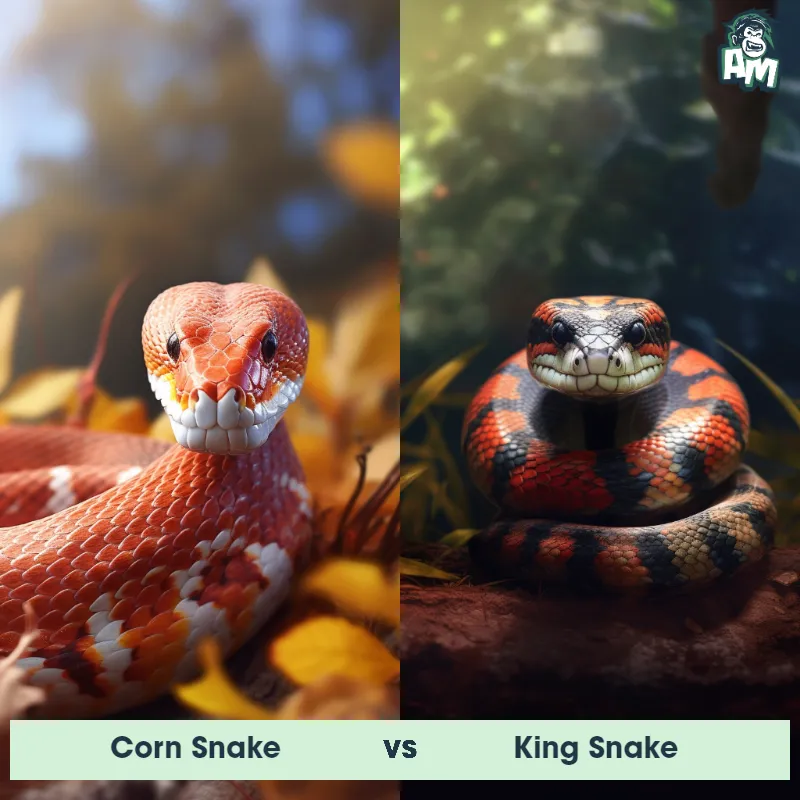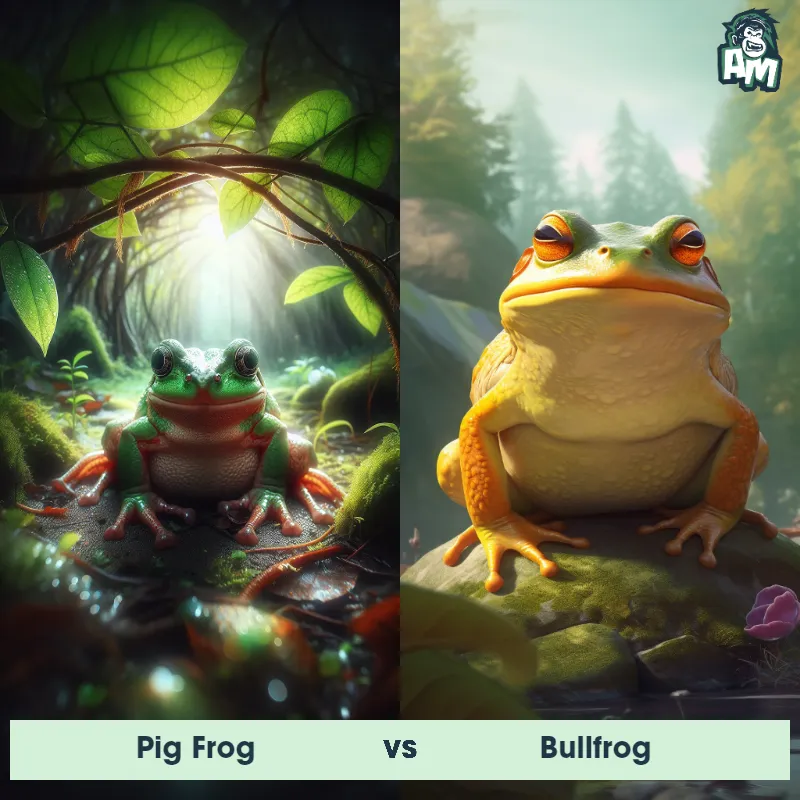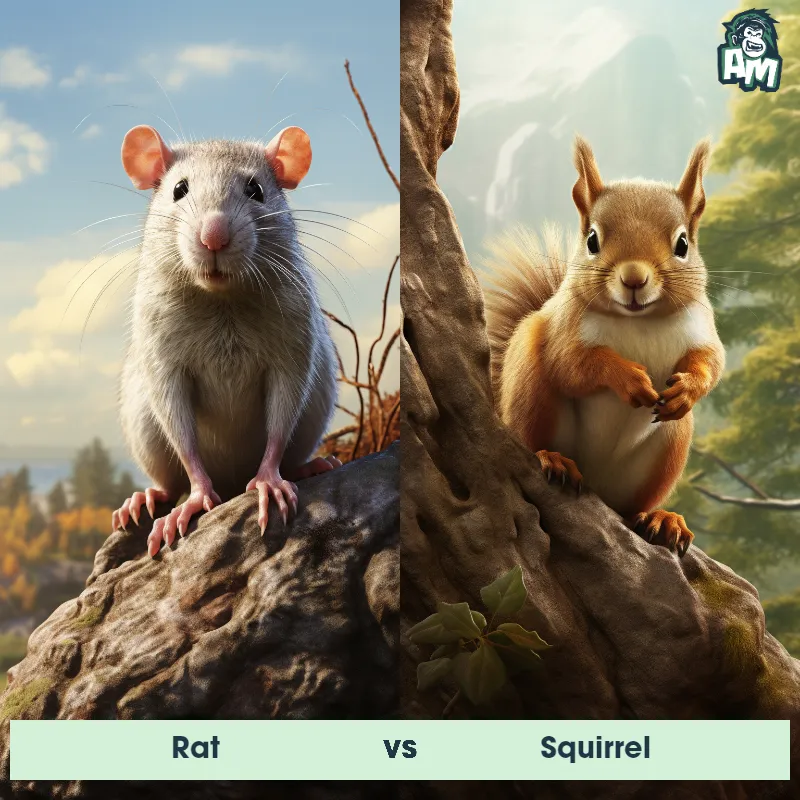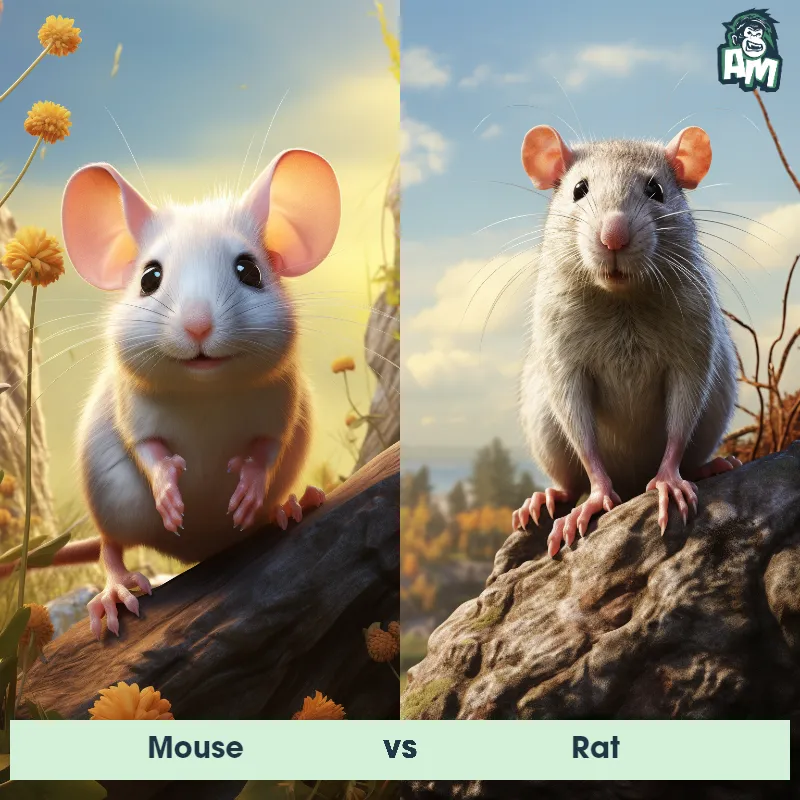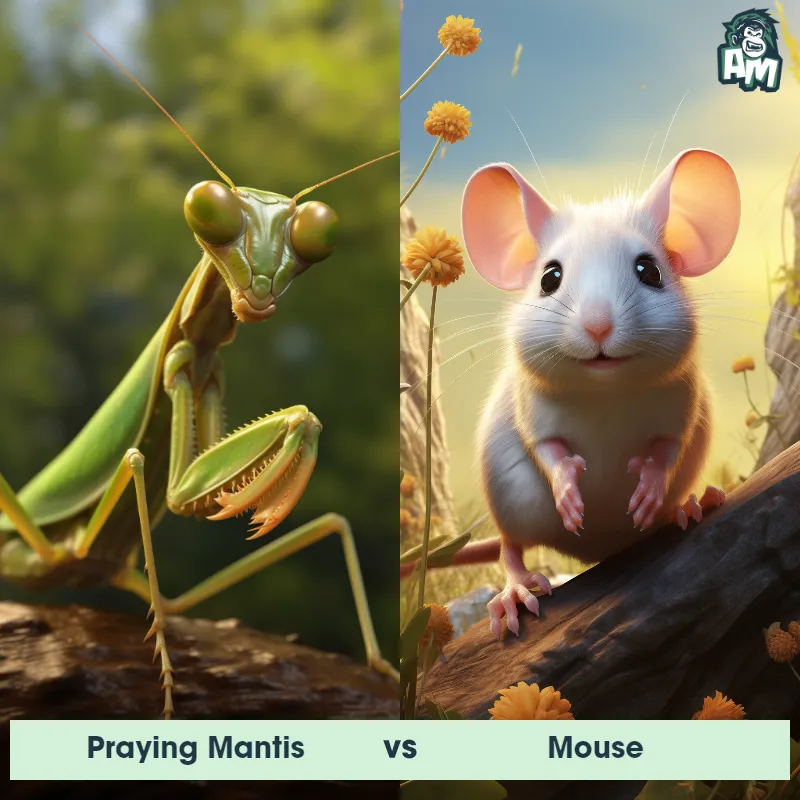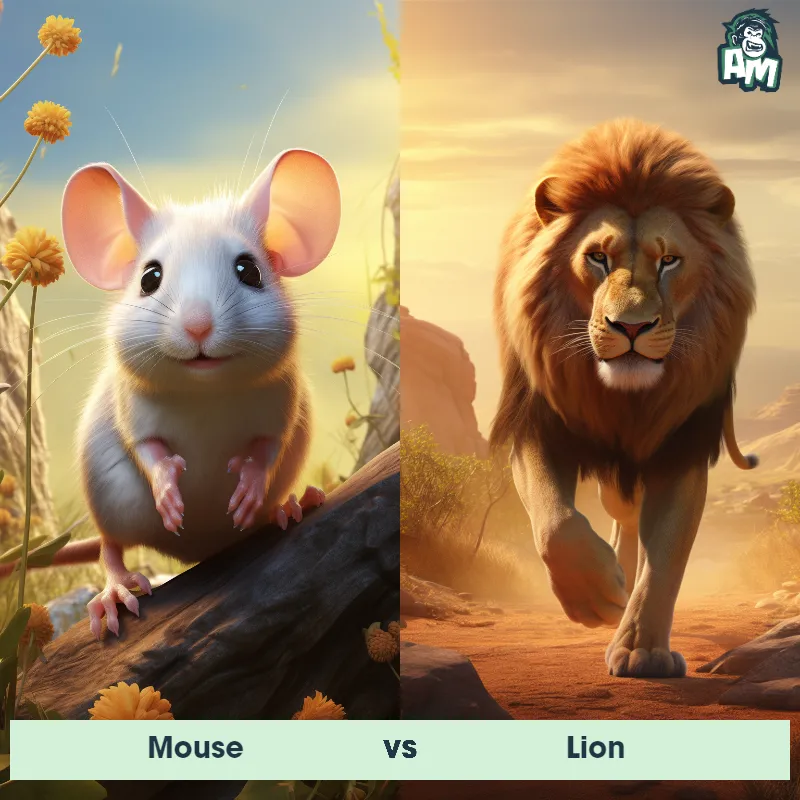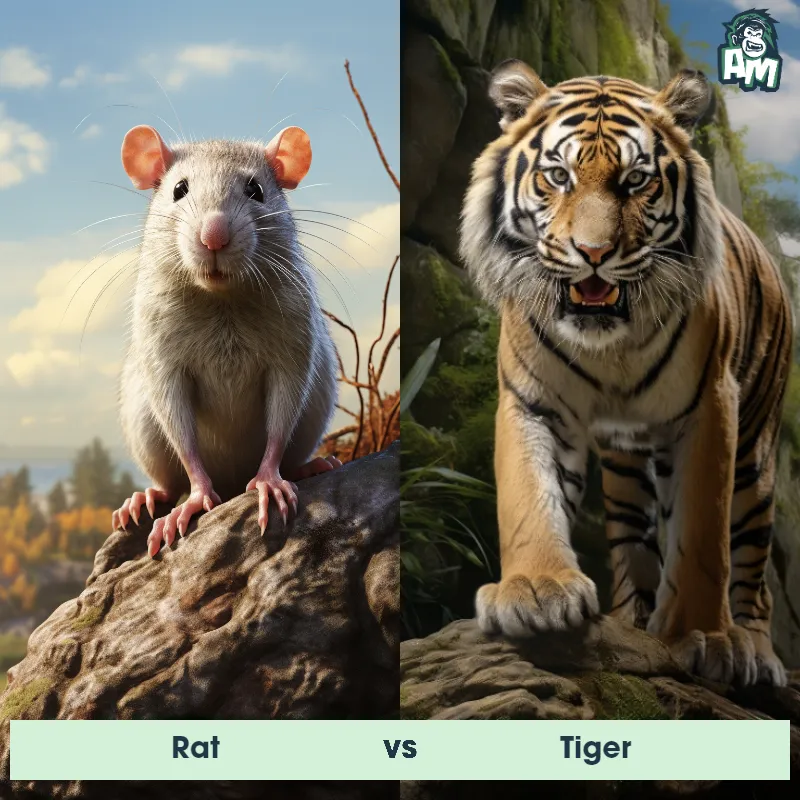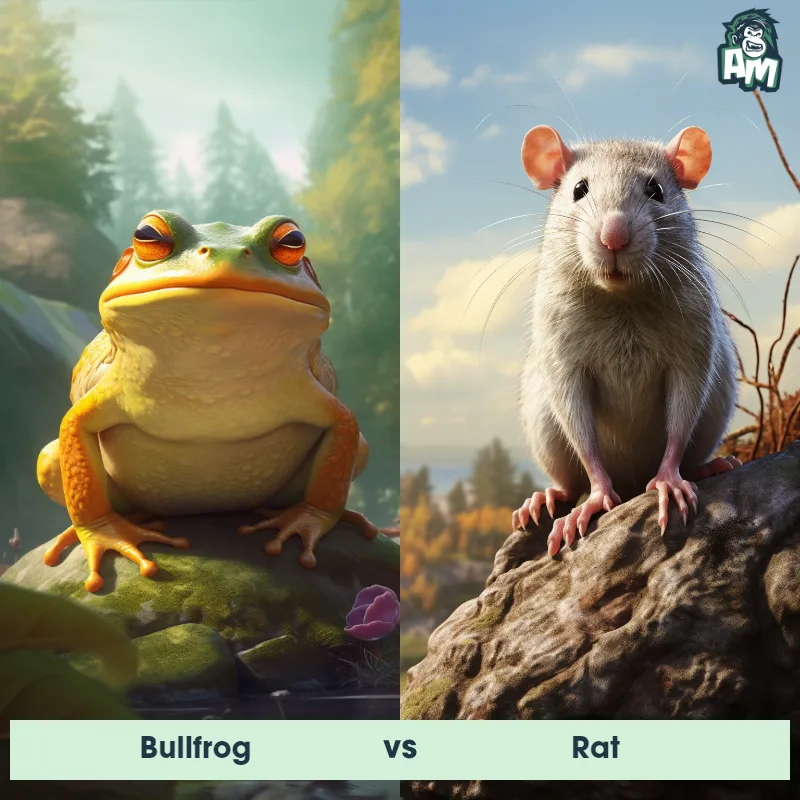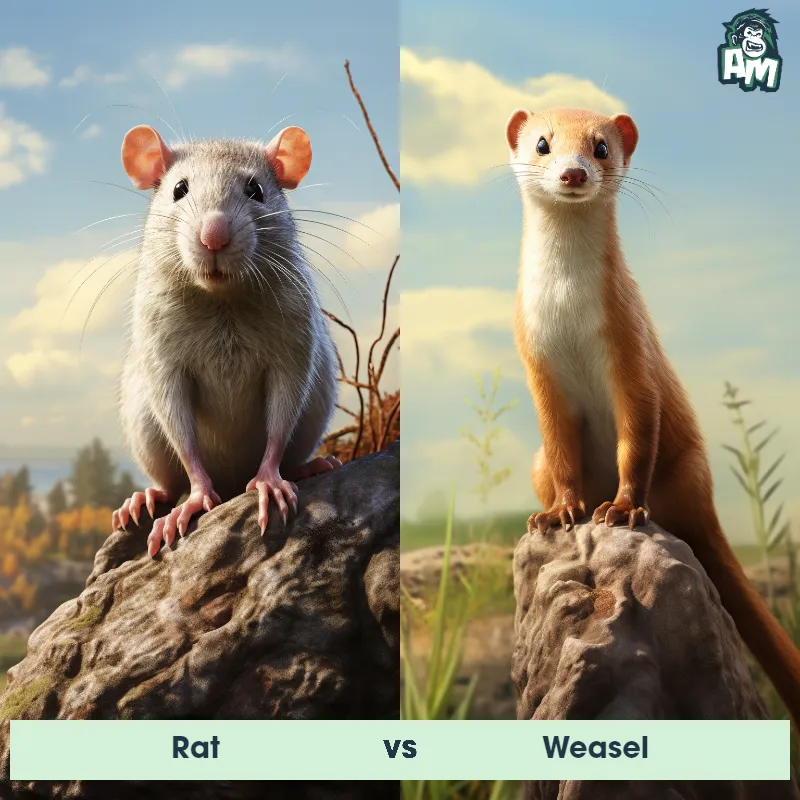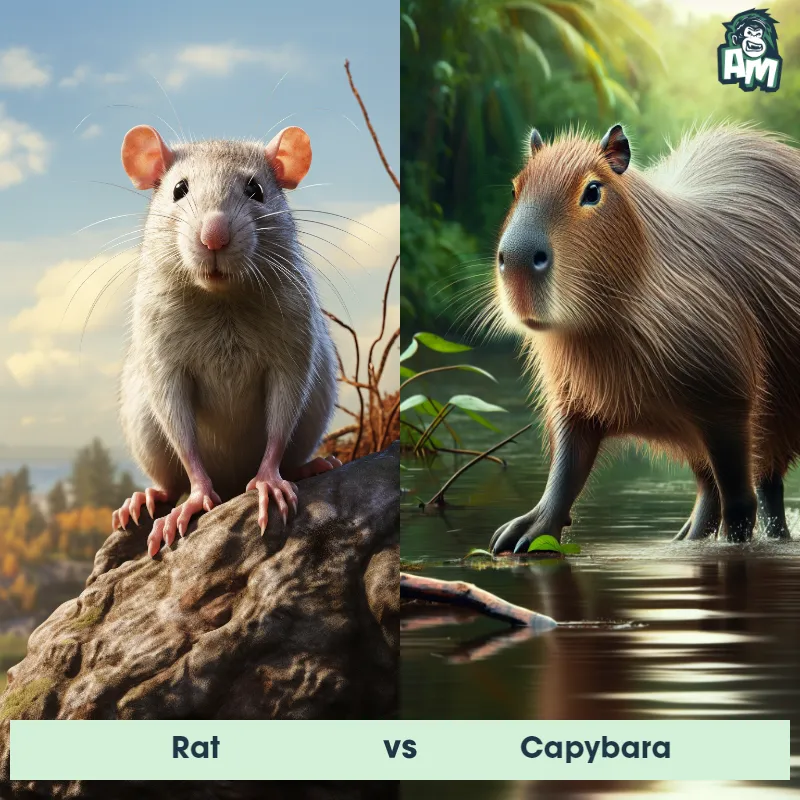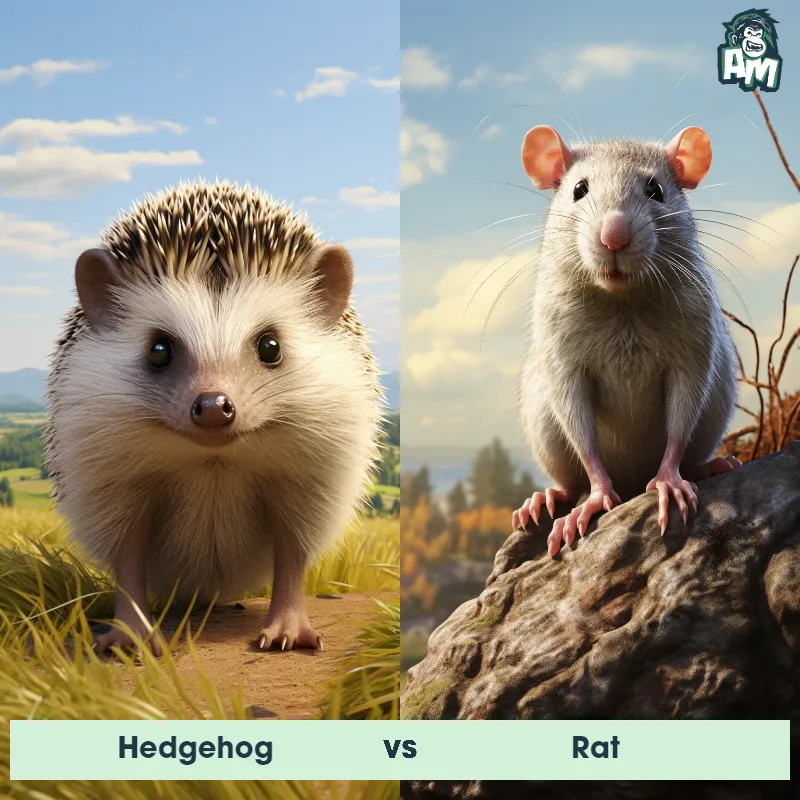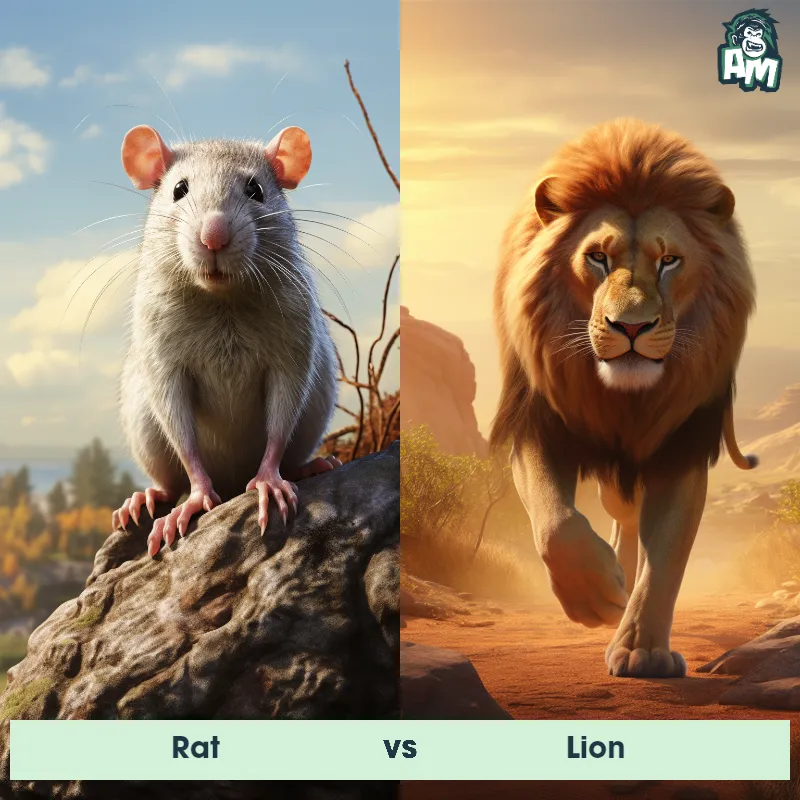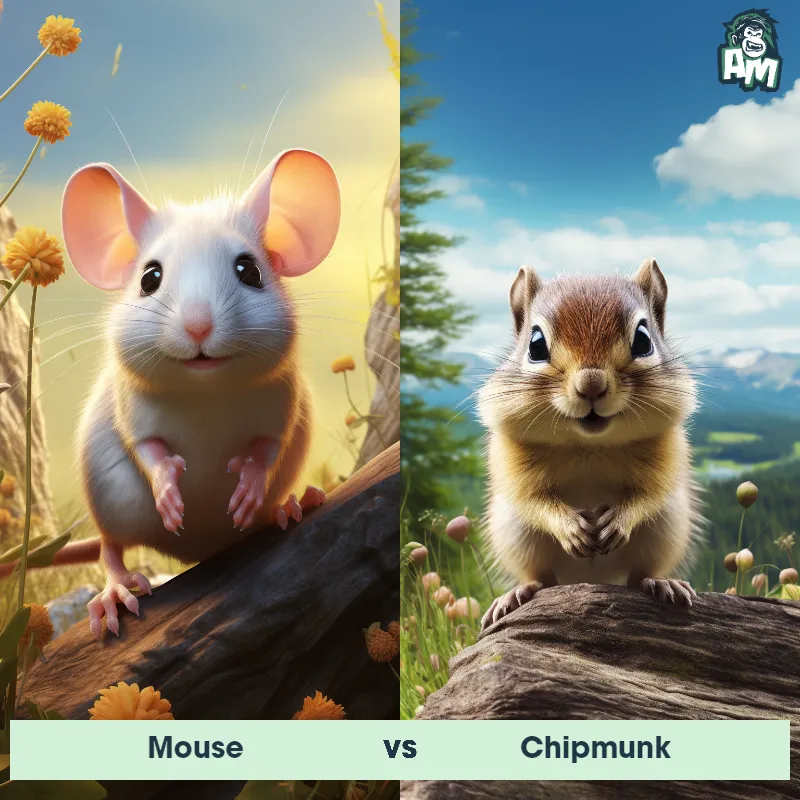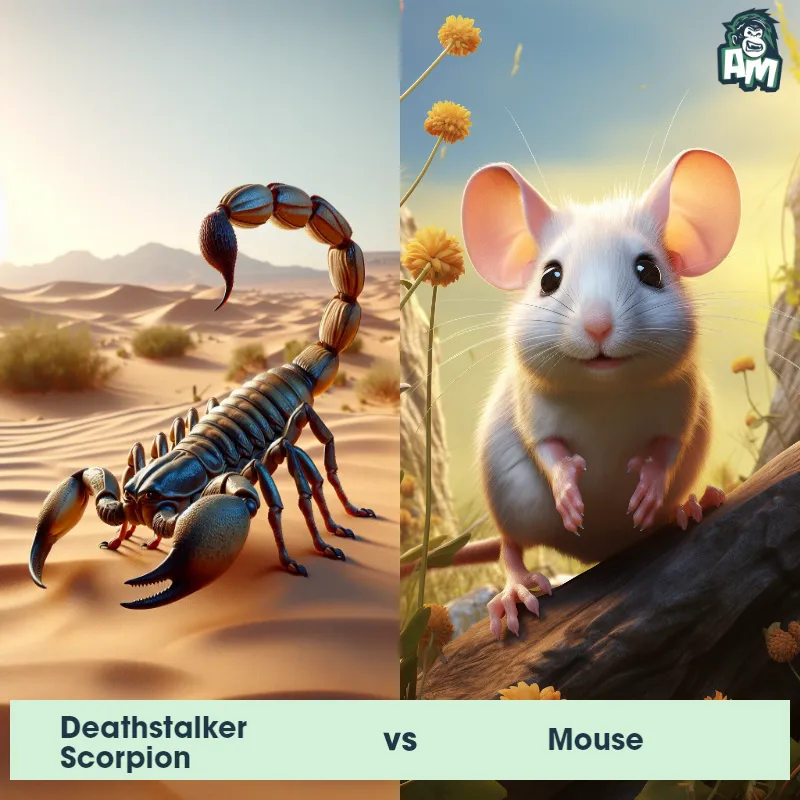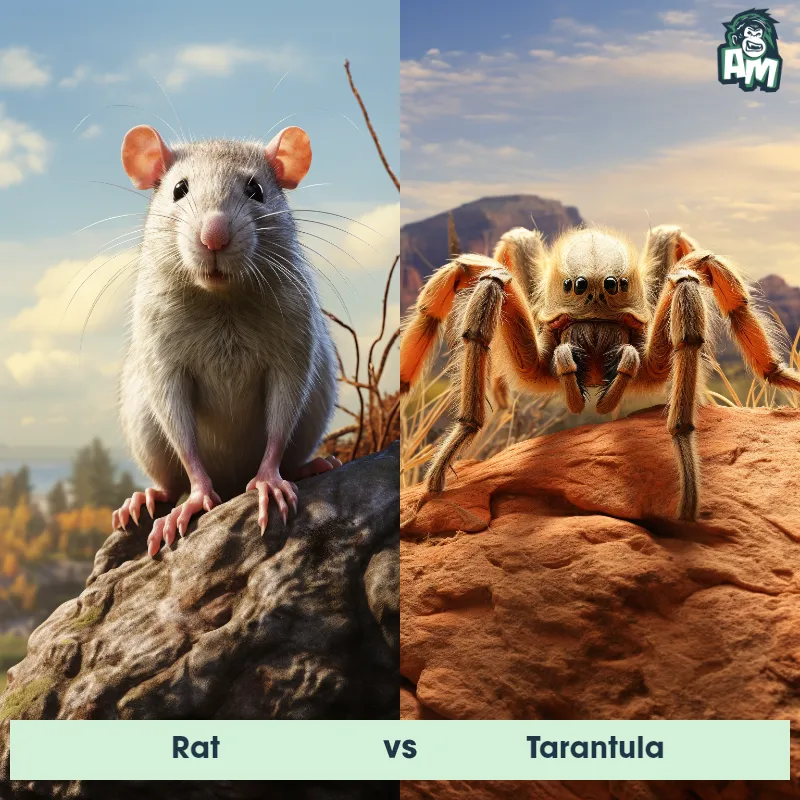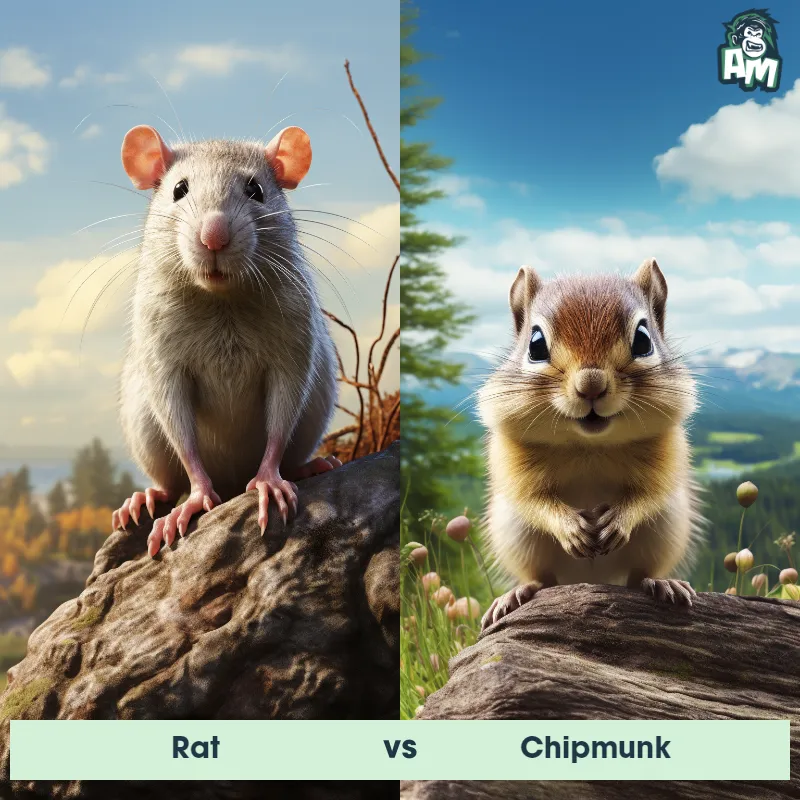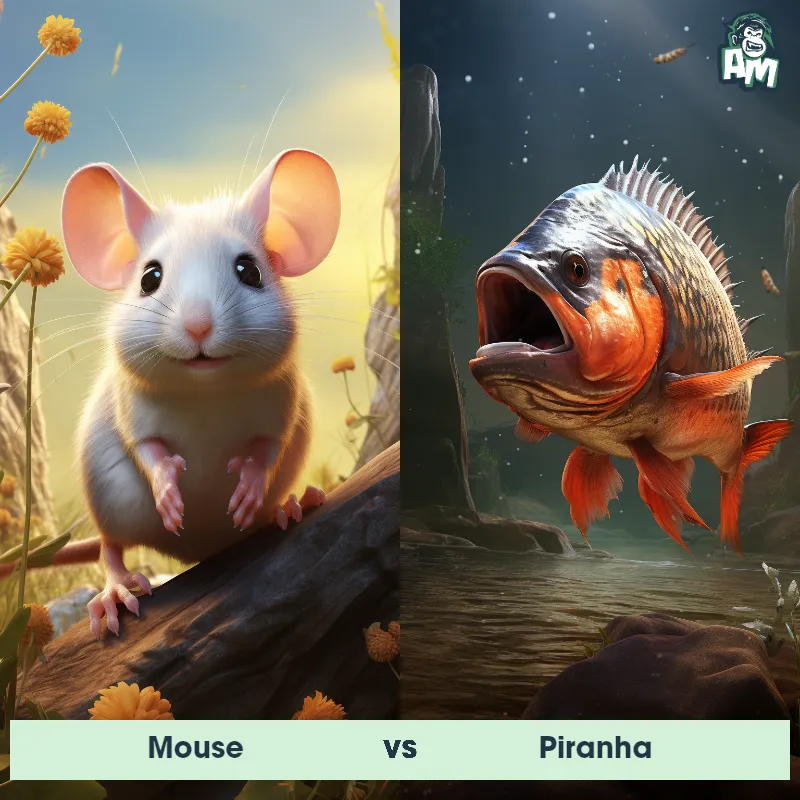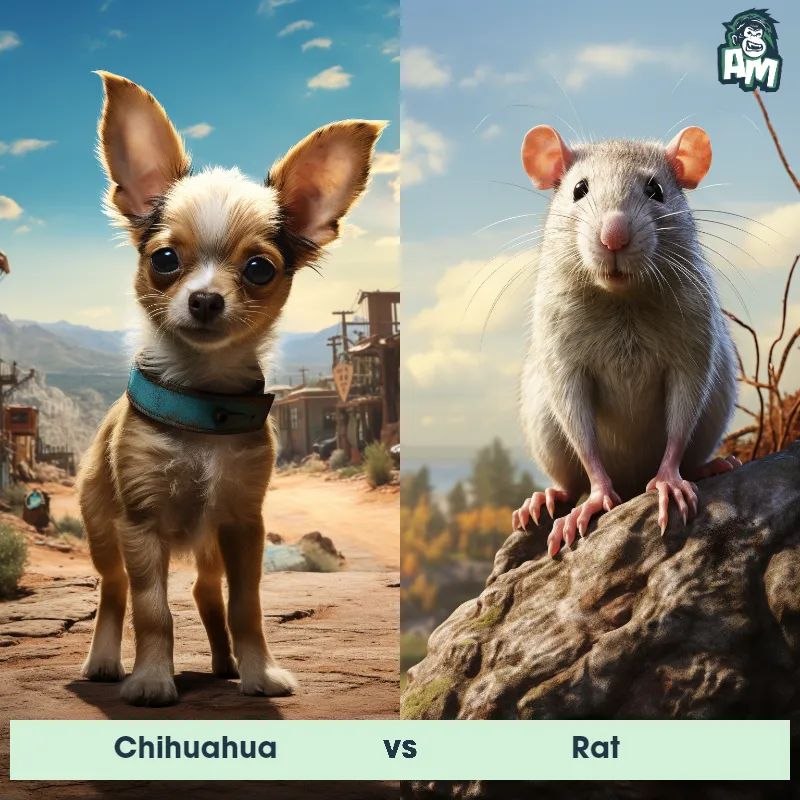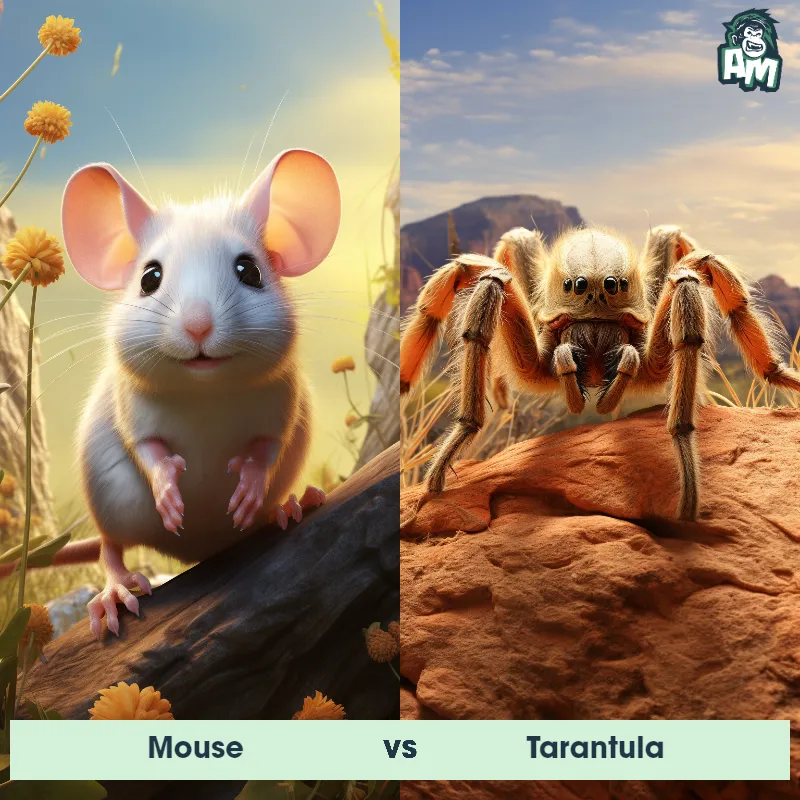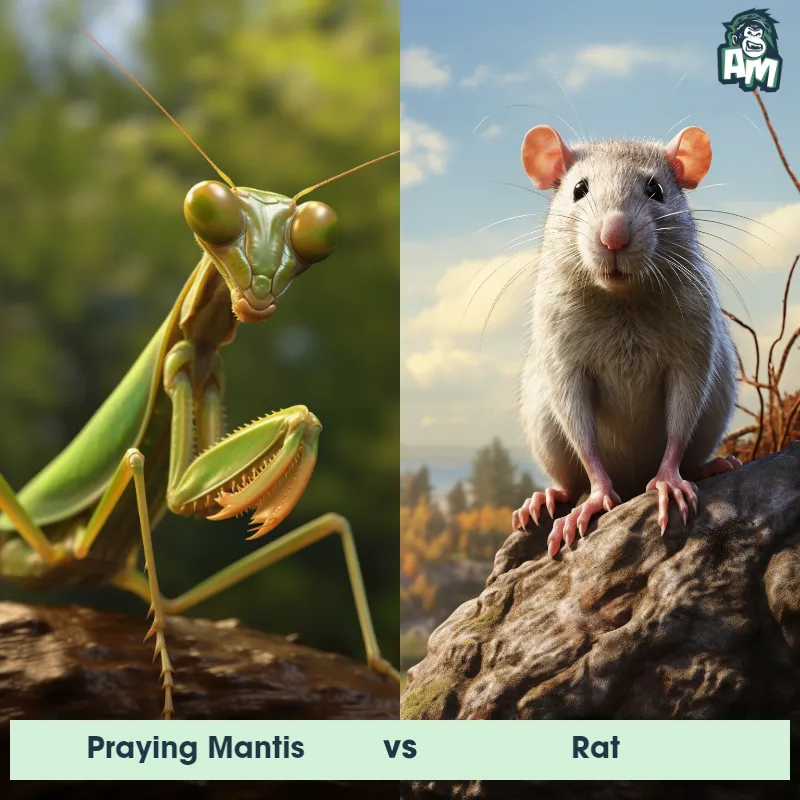Star-Nosed Mole vs RatSee Who Wins
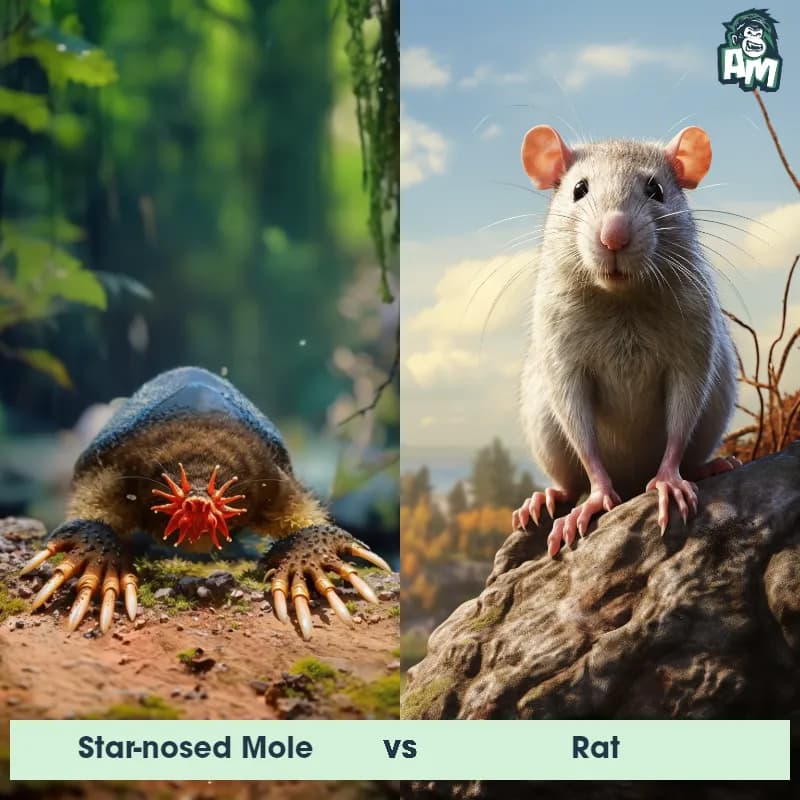
Welcome, ladies and gentlemen, to this epic matchup between a Star-Nosed Mole and a Rat! Both animals are known for their speed and agility, so we can expect a fierce battle today. The tension is high as they square off in the arena.
Contender 1: Star-Nosed Mole
The Star-Nosed Mole, scientifically known as Condylura cristata, is a small mammal found in the wetlands of eastern North America. It is easily recognizable by its unique star-shaped nose, which is used to detect prey. The nose consists of 22 pink fleshy appendages known as "rays," each covered in numerous touch-sensitive sensors called Eimer's organs. This extraordinary nose allows the mole to navigate and forage quickly in dark, aquatic environments. The Star-Nosed Mole has a cylindrical body with dense velvety fur, tiny eyes, and shovel-like claws for efficient digging.
Fun Fact: The Star-Nosed Mole possesses one of the most incredible sensory organs, as it can locate and consume prey in less than a quarter of a second!
Contender 2: Rat
The Rat is a medium-sized, long-tailed rodent, renowned for its adaptability to various environments. Common species include the larger brown rat (also known as the Norway rat) and the smaller black rat. Rats typically range from 9 to 11 inches in body length, with a tail length that's about the same. They have robust bodies, pointed snouts, and small, hairless ears. Rats are omnivores, with a diet that can include grains, fruits, vegetables, meat, and eggs, and they have a strong instinct to gnaw, which keeps their constantly growing teeth in check.
Fun Fact: Rats have excellent memories, and once they learn a navigational route, they won't forget it.
Matchup Stats
| Star-Nosed Mole | Rat | |
|---|---|---|
| Size | 6-8 inches (15-20 cm) | 9 to 11 inches (22.86 to 27.94 cm) |
| Weight | 1-2 ounces (30-60 grams) | 0.77 to 1.1 lbs (350 to 500 grams) |
| Speed | 3 mph (4.8 km/h) | 7mph (11km/h) |
| Key Strength | Speed and agility | Strong instinct to gnaw |
| Biggest Weakness | Lack of physical strength | Small size and lack of defensive mechanisms |
Current Votes
Star-Nosed Mole vs Rat
See Who Wins
View More Matches
Looking For More?
Similar Matches
Scientific Stats
| Star-Nosed Mole | Rat | |
|---|---|---|
| Scientific Name | Condylura cristata | Rattus |
| Family | Talpidae | Muridae |
| Habitat | Wetlands | Various environments, including urban areas, forests, and fields |
| Geography | Eastern North America | Worldwide, except for Arctic and Antarctic regions |
| Diet | Insects, worms, and small invertebrates | Omnivorous (grains, fruits, vegetables, meat, eggs) |
| Lifespan | 4 years - 6 years | 1 year - 4 years |
Key Differences between Star-Nosed Mole and Rat
- Size: The Star-Nosed Mole is smaller in size compared to a Rat.
- Color: The Star-Nosed Mole has dark brown/black fur covering its body, while a Rat can range in color from white to brown to gray.
- Feet: The Star-Nosed Mole has large, shovel-like front feet with distinct star-shaped appendages, whereas a Rat has smaller, clawed feet.
- Tail Length: Rats have long, slender tails that are usually longer than their bodies, while the Star-Nosed Mole has a short, hairless tail.
- Fur Texture: The Star-Nosed Mole has soft, velvety fur, whereas a Rat has rougher fur.
- Nose: The most distinguishing feature of the Star-Nosed Mole is its unique star-shaped nose, while Rats have a more traditional rounded nose.






